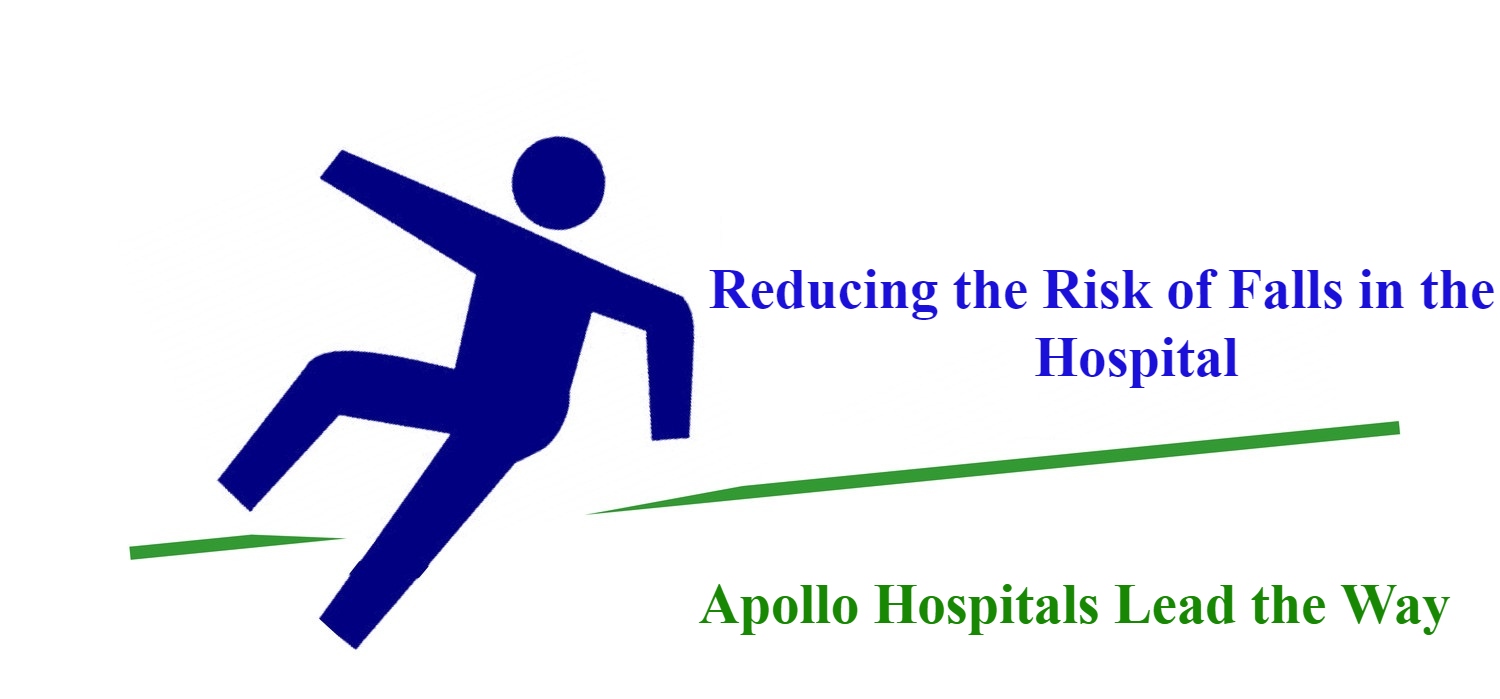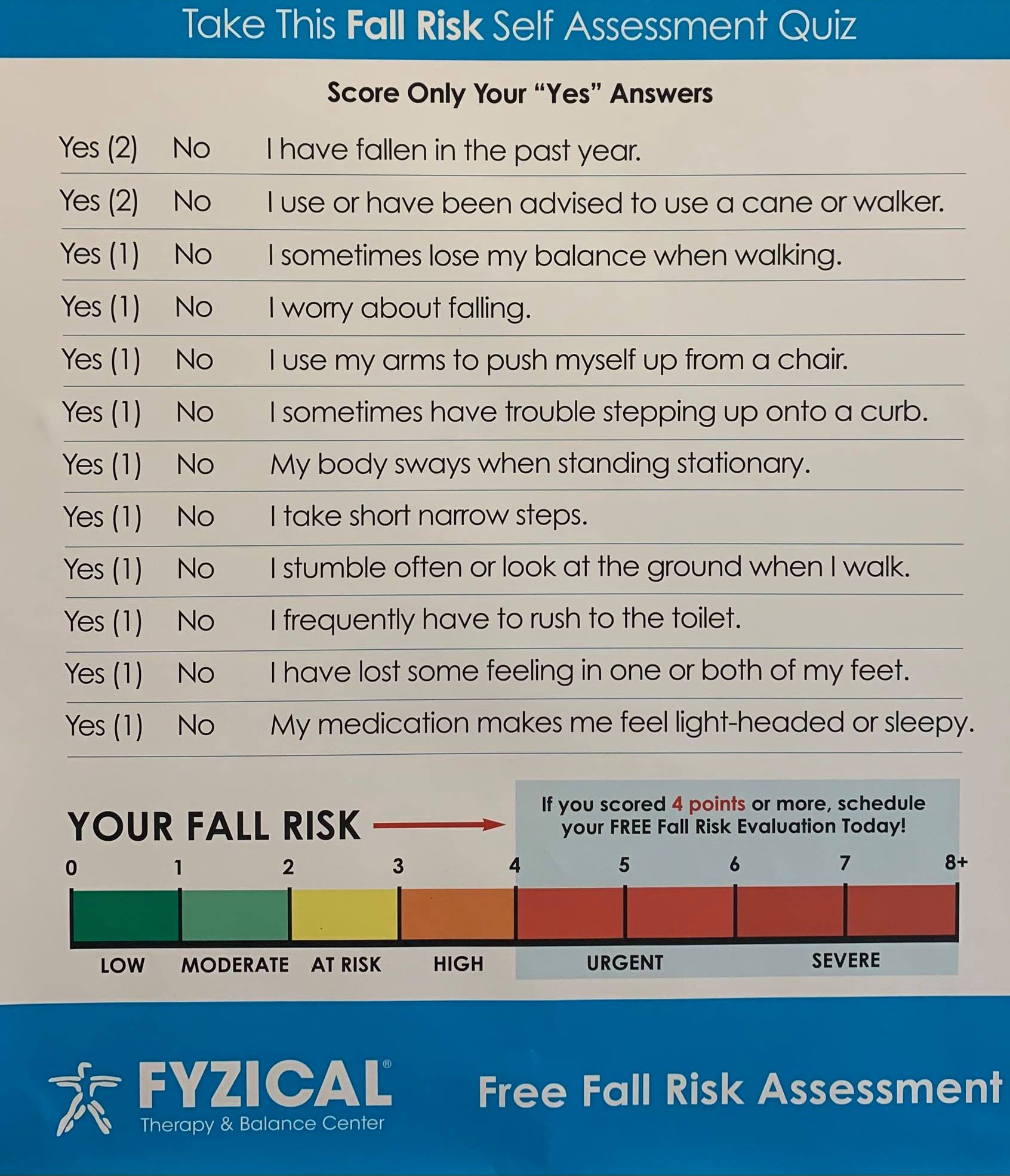Getting The Dementia Fall Risk To Work
Table of ContentsDementia Fall Risk - An OverviewWhat Does Dementia Fall Risk Do?The Best Strategy To Use For Dementia Fall RiskDementia Fall Risk Can Be Fun For Everyone
A fall danger assessment checks to see how most likely it is that you will fall. The analysis typically consists of: This consists of a series of questions regarding your general wellness and if you've had previous drops or troubles with balance, standing, and/or walking.STEADI consists of testing, analyzing, and intervention. Interventions are suggestions that might lower your danger of falling. STEADI consists of 3 actions: you for your threat of succumbing to your risk elements that can be enhanced to attempt to avoid drops (for instance, equilibrium issues, damaged vision) to minimize your danger of dropping by making use of efficient methods (for example, supplying education and learning and resources), you may be asked several concerns including: Have you fallen in the previous year? Do you really feel unsteady when standing or walking? Are you bothered with falling?, your company will certainly examine your toughness, equilibrium, and stride, utilizing the complying with loss analysis tools: This examination checks your gait.
Then you'll sit down once more. Your supplier will certainly check how much time it takes you to do this. If it takes you 12 secs or even more, it may suggest you go to higher threat for a fall. This test checks stamina and equilibrium. You'll rest in a chair with your arms went across over your chest.
Move one foot midway onward, so the instep is touching the huge toe of your other foot. Move one foot completely in front of the other, so the toes are touching the heel of your other foot.
Some Known Details About Dementia Fall Risk
A lot of falls occur as a result of several adding aspects; consequently, managing the risk of dropping begins with determining the factors that add to fall threat - Dementia Fall Risk. Some of the most appropriate danger variables consist of: History of previous fallsChronic medical conditionsAcute illnessImpaired stride and equilibrium, lower extremity weaknessCognitive impairmentChanges in visionCertain risky medicines and polypharmacyEnvironmental elements can additionally boost the danger for falls, consisting of: Insufficient lightingUneven or damaged flooringWet or slippery floorsMissing or damaged handrails and grab barsDamaged or poorly fitted equipment, such as beds, mobility devices, or walkersImproper use assistive devicesInadequate guidance of individuals living in the NF, consisting of those that show hostile behaviorsA successful fall threat administration program requires a comprehensive clinical analysis, with input from all members of the interdisciplinary group

The care plan should also include interventions that are system-based, such as those that advertise a safe atmosphere (appropriate illumination, handrails, get hold of bars, etc). The effectiveness of the interventions need to be examined periodically, and the care strategy revised as essential to reflect adjustments in the autumn threat evaluation. Implementing an autumn risk monitoring system using evidence-based finest technique can reduce the occurrence of drops in the NF, while limiting the capacity for fall-related injuries.
The Best Strategy To Use For Dementia Fall Risk
The AGS/BGS guideline advises evaluating all grownups matured 65 years and older for fall danger every year. This testing includes asking people whether they have actually dropped 2 or even more times in the previous year or sought clinical interest for a loss, or, if they have actually not dropped, whether they really feel unstable when walking.
People that have actually fallen as soon as without injury should have their equilibrium and stride evaluated; those with gait or balance abnormalities must obtain additional assessment. A history of 1 fall without injury and without gait or equilibrium issues does not require more evaluation beyond ongoing annual autumn danger testing. Dementia Fall Risk. A fall threat analysis is called for as component of the Welcome to Medicare exam

What Does Dementia Fall Risk Mean?
Recording a falls background is among the top quality signs for loss prevention and monitoring. A vital component of danger analysis is a medication evaluation. Several classes of drugs enhance loss danger (Table 2). copyright medications particularly are independent predictors of drops. These drugs have a tendency website link to be sedating, modify the sensorium, and impair equilibrium and stride.
Postural hypotension can often be eased by reducing the dosage of blood pressurelowering medicines and/or quiting drugs that have orthostatic hypotension as a negative effects. Use above-the-knee assistance tube and sleeping with the head of the bed elevated may likewise minimize postural decreases in high blood pressure. The recommended elements of a fall-focused physical exam are received Box 1.

A pull time higher than or equivalent to 12 secs suggests high loss threat. The 30-Second Chair Stand test analyzes lower extremity toughness and equilibrium. Being not able to stand from a chair of knee elevation without using one's arms shows raised loss danger. The 4-Stage Balance examination examines static balance by having the person stand in 4 placements, each considerably more helpful hints tough.